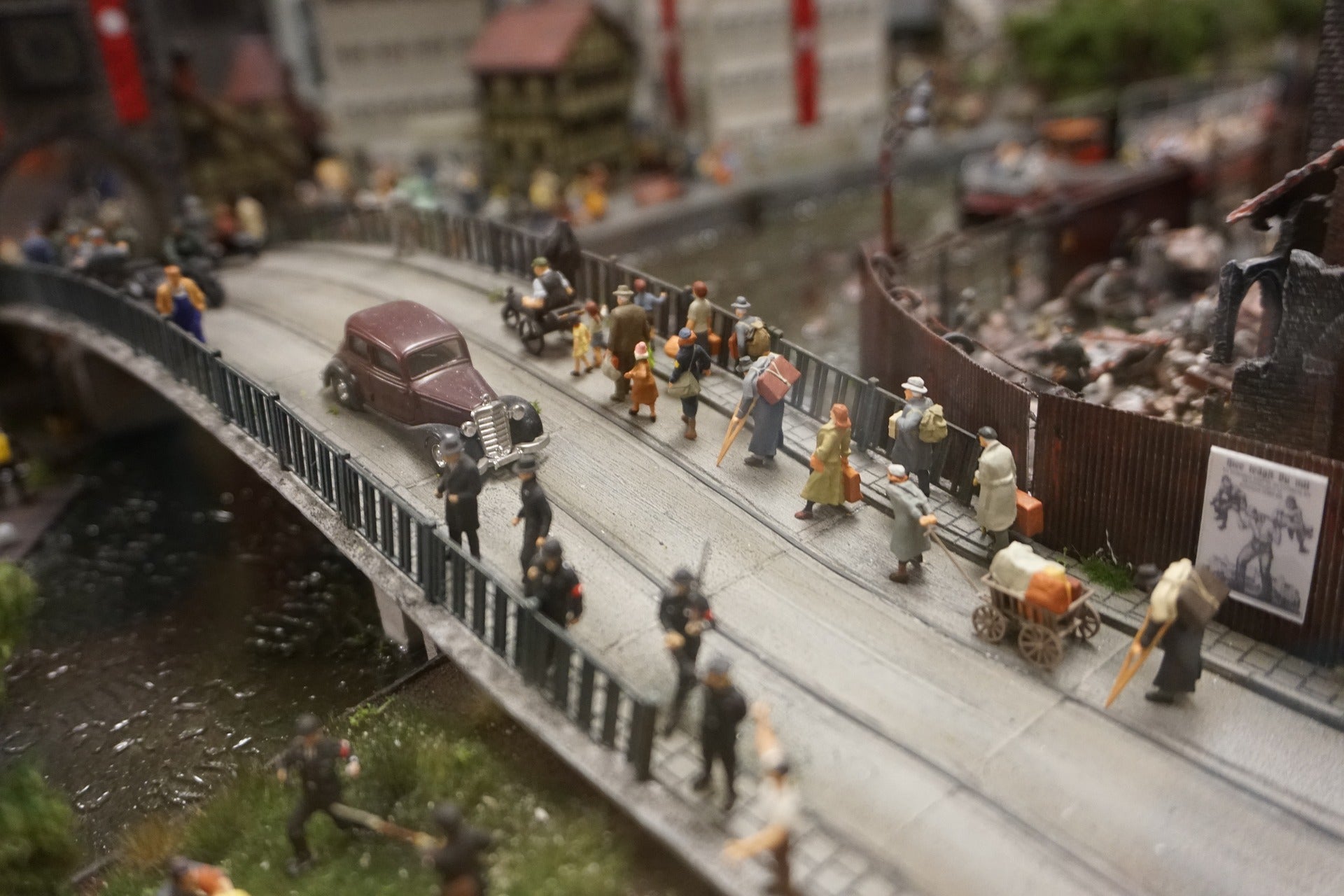Dioramas, a captivating form of art, offer a miniature, three-dimensional depiction of a scene. Often used in museums to recreate historical events, natural scenes, or to visualise fictional settings, dioramas have also become a popular hobby for enthusiasts. This guide delves into the basics of creating dioramas, providing a step-by-step approach for beginners.
Understanding Dioramas
Definition and History
A diorama is a scaled-down model that represents a scene with three-dimensional figures, landscapes, or objects. Historically, dioramas have been utilised for educational purposes in museums and exhibitions. The craft dates back to the 19th century and has evolved significantly over time.
Contemporary Use and Popularity
In recent times, dioramas have gained popularity among hobbyists. They are used to create scenes from various genres, including historical battles, fantasy landscapes, and urban settings. Dioramas also serve as an educational tool in schools and as a creative outlet for artists.
Starting with Diorama Making
Choosing a Theme
- Historical Events: Recreate a moment from history.
- Natural Landscapes: Depict natural environments like forests, deserts, or oceans.
- Fictional Scenes: Bring to life scenes from books, movies, or your imagination.
Materials and Tools
- Base: Foam board, wood, or cardboard.
- Scenery: Clay, paper mâché, paints, and natural materials (like real rocks or sand).
- Figures: Pre-made miniatures or handmade figures.
- Tools: Cutting tools, glue, paintbrushes, and sculpting tools.
Step-by-Step Guide
- Conceptualisation: Visualise the scene you want to create.
- Design and Planning: Sketch the layout and plan the dimensions.
- Building the Base: Choose your base material and cut it to size.
- Creating the Scenery: Sculpt and paint the landscape and background.
- Adding Details: Place figures, vehicles, buildings, or any other elements.
- Finishing Touches: Add fine details like weathering effects or small objects.
Tips for Beginners
- Start Small: Begin with a simple project to hone your skills.
- Research: Gather information about your chosen theme for accuracy.
- Patience and Practice: Take your time and don’t rush the process.
- Creativity: Experiment with materials and techniques.
Advanced Techniques
- Lighting: Incorporate LED lights for dynamic effects.
- Weathering: Use techniques to age or weather your diorama for realism.
- Custom Figures: Learn to make your own figures for a unique touch.
Some of what we offer
Conclusion
Dioramas are a unique blend of art, history, and storytelling. Whether you’re a history enthusiast, an artist, or someone looking for a creative hobby, diorama making can be a fulfilling and educational pursuit. By following this guide, you can embark on your journey into the world of dioramas, creating your own miniature masterpieces.
Remember, the key to a great diorama lies in the details and your creativity. Enjoy the process of bringing a scene to life, and let your imagination lead the way.

